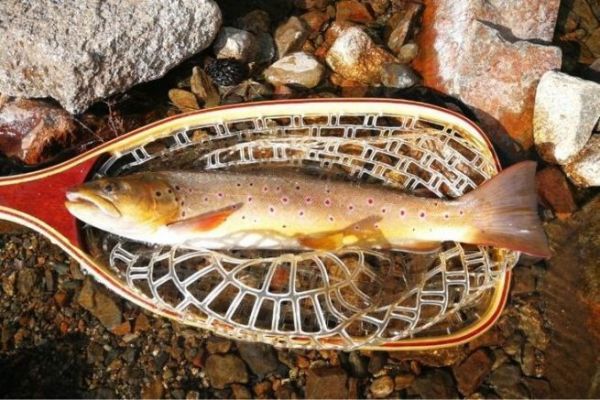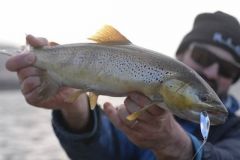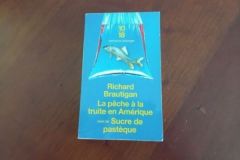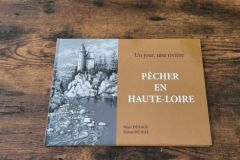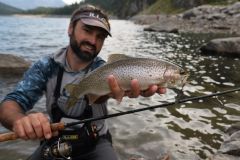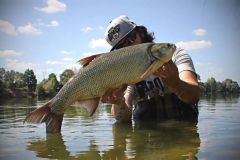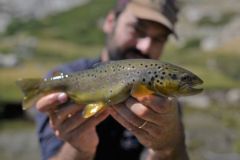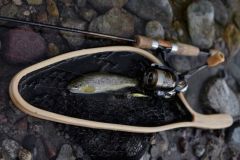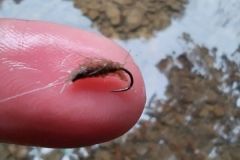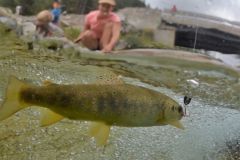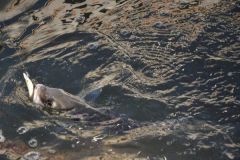The end of the season is not necessarily the easiest time to decide to release a fario, with water levels sometimes low, temperatures high, and all the fishermen the trout have seen on the river for nearly 6 months. The angler will need to know how to adapt to weather conditions and fish behaviour.
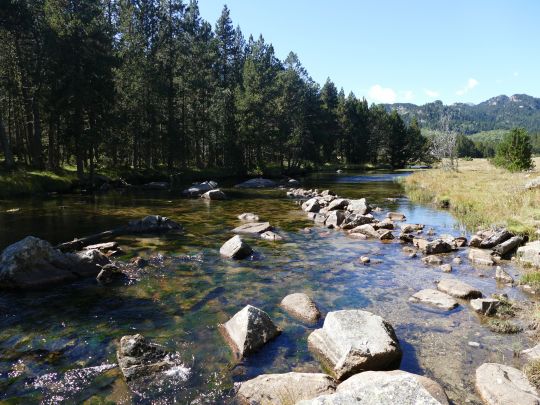
Choosing the right fishing spot and timing
At the end of the summer, when some rivers have suffered from a lack of water and high temperatures, it may be a good idea to take a trip downstream. By looking for sectors where levels are correct, for example in the early stages of the second category, you can target the trout that have colonized the courses between barbel, chub and roach... Nice salmonid specimens are always to be found.
In hot weather, morning and evening shots are of course preferred. Not only because these are generally the times of day when trout choose to start feeding. But also because in the event of a big, tiring fight, it will be much harder for a catch to get back into its element in warm, low-oxygen water.
Not everyone is lucky enough to live close to the mountains. However, with the Alps, the Pyrenees and, to a lesser extent, the Massif Central and the Vosges, there are plenty of opportunities throughout the country. Knowing that in some regions of France, the fishing in high-altitude lakes can close a few days later than some first category rivers. It's a great way to get some fresh air and calm at altitude, to "extend" the season, and to take full advantage of the fishing opportunities on first category rivers.

Evolve your techniques and play with conditions
At the end of the season, the water can be clear and you need to bear in mind that the fish may have become accustomed to seeing many anglers on the banks, as well as the lures or baits that accompanied them. Trout mistrust can be at its peak, so it's more important than ever to be discreet in your approaches and on your leaders. Lowering the diameter of fluorocarbons or nylons can help to deceive the fish's vigilance. For a few sessions, you can also do without swivels and staples when fishing with lures. For toc fishing, sinkers should be light, supple and spread out to adapt to low river flows.
When a late summer thunderstorm chews up the water and temporarily swells the river, the angler finds ideal conditions to fool the vigilance of the lady fario. An attractive red worm can make all the difference.
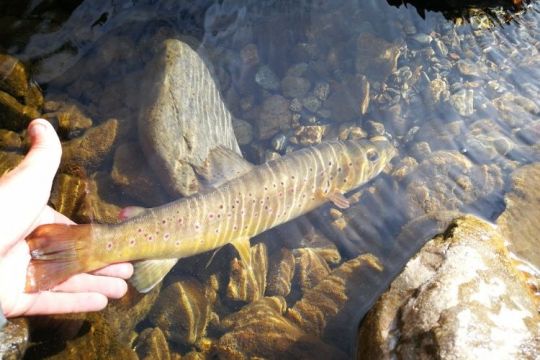
Just before closing time, before temperatures really start to drop and winter slowly sets in, the trout will need to feed. Sometimes you have to dare to swim big lures on our favorite spots in these typical late-summer conditions, and give yourself the chance to meet the last pretty fish of the season.

 /
/ 